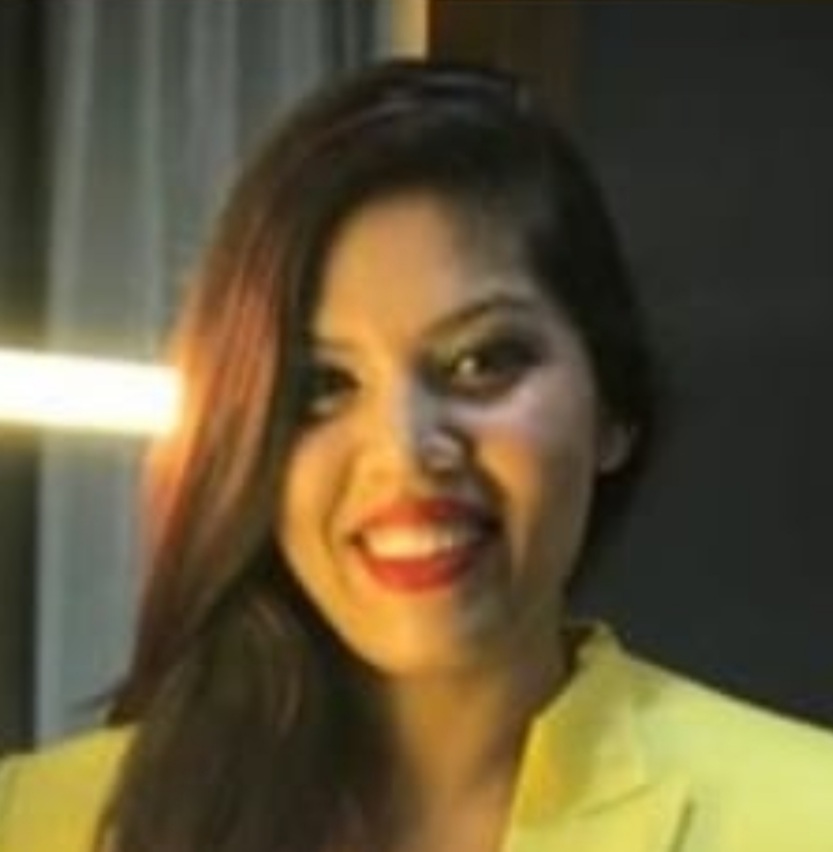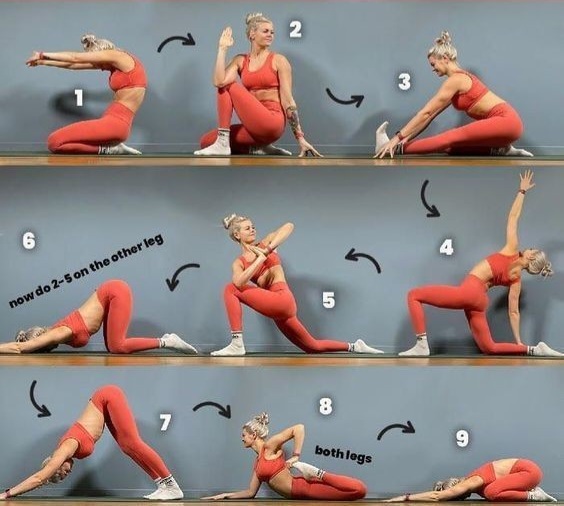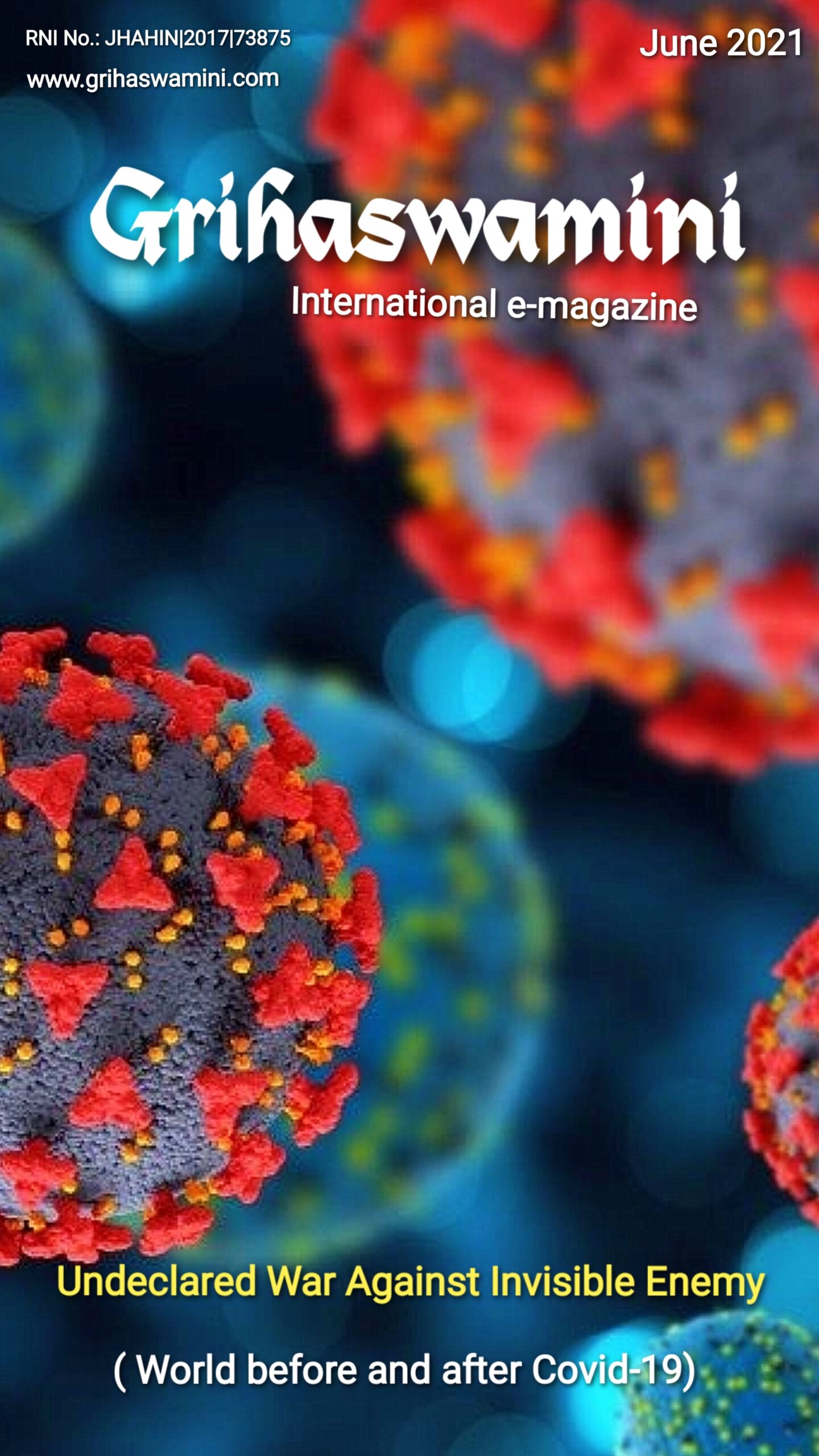Breast Health Awareness
Mammography is imaging of the breast. By convention it refers to X-ray mammography which has now really advanced with Full field digital mammography with digital tomosynthesis which gives images in multiple slices like a CT scan. There are various modalities of imaging the breast: Xray, ultrasound, MRI being the major ones.
LET ME MAKE IT CLEAR THEY ALL COMPLIMENT EACH OTHER AND ARE NOT A SUBSTITUTE FOR EACH OTHER. So, if you are asked to get an ultrasound after an x-ray mammogram, it DOES NOT ALWAYS mean that there is a commercial angle to it. Likewise with MRI of the breast after Xray and ultrasound, DOES NOT ALWAYS mean that there is a commercial angle to it. Having said that, i know that there are cases of malpractices and unnecessary investigations being prescribed . However, i don’t think thats the norm. By and large people are into ethical practice. There are certain things you see better on mammogram , some better on ultrasound and some on MRI. Another important point i wish to stress on, please don’t allow a needle to be put in for fine needle aspiration cytology ( FNAC & FNAB) or a thicker needle core biopsy in a lump before your imaging is over. This is because if you do imaging after the needle test then the character of the lump will change . It might shrink if it is a cyst from which fluid is aspirated, it might bleed inside and there may be a collection formed inside. Since you have to give your consent for a needle test you can decide to get your imaging done and get the needle test. These days we do not advocate FNAC at all because the yield of tissue is less and the diagnosis might not be arrived at. Biopsy with a thicker needle is advocated as it yields more information which is necessary for further management. Also remember that the biopsy must be under imaging guidance ( Mammography / Ultrasound/ MRI) rather than a blind one, even if the lump can be felt by the doctor and you. The reason being that then one can be sure that you are taking the tissue sample from the right area. The slides are your property. After it has been read by the pathologist, you should ask for it and keep it carefully as they are glass slides. In case of any doubt you can get it reviewed by another pathologist without getting a needle test done again.
BSE or breast self examination. This has now become little controversial because if not performed correctly it can cause stress & also lumps may be missed.

Most women don’t want to do a breast self-exam for fear and its frustrating when you may feel things but not know what they mean. However, the more you examine your breasts, the more you will learn about them and the easier it will become for you to tell if something unusual has occurred. It is important because many lumps are detected by the patient themselves.BSE should be done once a month to know how your breasts normally look and feel. It is best done few days after the period ends, breasts are least likely to be swollen and tender. If you are menopausal, choose a day that’s easy to remember, such as the first or last day of the month. Important points to be aware of:
1.Normal breasts are lumpy. The part near the armpit is usually most glandular and feels most lumpy. The lower half of your breast can feel like a sandy or pebbly beach. The area under the nipple can feel like a collection of large grains. Feel both the breasts. Usually if its a symmetrical feel, then its fine. Please don’t start feeling your breasts daily. This might reduce the sensitivity. Once you start feeling it monthly you are more likely to be able to detect any abnormal area.
2.You can keep a record of your findings… similar to a small map of your breasts. Mark where you feel lumps or irregularities. If there is a lump try to feel it after the next period starts. This might disappear during the course of the menstrual cycle and the hormonal change that occurs during that time. If the changes persist beyond one full cycle, or seem to get bigger or more prominent in some way, then please contact your doctor.
There are two stages for examining your breast. The first is looking and the second is feeling.
We first talk of looking.
When you examine your breasts you’re looking for anything that’s unusual. For this, looking is just as important as feeling. Undress to the waist and sit or stand in front of a mirror in a good light. When you look at your breasts, remember that no two breast are the same – not even your own two. One will probably be slightly larger than the other, and one a little lower on the chest.
Here’s what to look for :
• Any change in the size of either breast .
• Any change in either nipple.
• Bleeding or discharge from either nipple .
• Any unusual dimple or puckering on the skin or nipple.
• Veins standing out more than is usual for you.
•Any discolouration of the skin -redness/ blueness.
How to examine:
1. First let your arms hang loosely by your sides and look at your breasts in the mirror.
2. Next, raise your arms above your head. Watch in the mirror as you turn from side to side to see your breasts from different angles.
3. Now look at your breasts and squeeze each nipple gently to check for any bleeding or discharge that’s unusual for you. Remember , whenever you take off your bra please make it a habit to look for any staining due to any spontaneous discharge. Spontaneous discharge is more important. At times people press very hard and bruise the nipple causing it to bleed.So be gentle. A little greenish discharge in women is common and is due to a hormonal change resulting in a fibroadenotic or fibrocystic breast.
Next time we will talk of feeling the breast, the 2nd part of the examination.

The 2nd part of the examination is feeling:
Lie down on your bed and make yourself comfortable with your head on a pillow. Examine one breast at a time. Put a folded towel under your shoulder-blade on the side you are examining. This helps to spread the breast tissue so that it is easier to examine. Use your right hand to examine your left breast and vice versa. Put the hand you’re not using under your head. Keep your fingers together and use the flat of the fingers, not the tips. Start from the collar-bone above your breast. Make a continuous spiral round over your breast moving your fingers in small circles. Feel gently but firmly for any unusual lump or thickening. Working right round the outside of your breast first, when you get back to your starting point, work round again in a slightly smaller circle, and so on. Keep on doing this until you have worked right up to the nipple. This will ensure that you cover every part of your breast. You may find a ridge of firm issue in a half-moon shape under your breast. This is quite normal. It is the tissue that develops to help support your breast. Finally, examine your armpit. Still use the FLAT of your fingers and the same small circular movements to feel for any lumps. Start right up in the hollow of your armpit and gradually work your way down towards your breast. It’s important not to forget this last part of the examination.
Also remember to feel the area above your collar bones and the area below the jaw or mandible for any nodes.

Dr. Chinna Dua
Radiologist








